Measuring Conservation Practice Outcomes
PROJECT OVERVIEW
Accounting for on the ground outcomes and measurable environmental benefits (e.g., pollution reduction) to the quality of soil, water, and habitat is an essential component of implementing conservation practices. Natural resource professionals use models and "estimators" to quantify these outcomes and benefits and guide future efforts. Over time, as conditions change and new information becomes available, estimators need to be revised or added to ensure outcomes and benefits are being accurately quantified. This appropriation is enabling the Minnesota Board of Soil and Water Resources to revise and create new estimators where needed, field verify the revised and new estimators, and provide local governments and other conservation professionals with training on how to use the revised and new estimators.
OVERALL PROJECT OUTCOME AND RESULTS
Accounting for on the ground outcomes and measureable environmental benefits to the quality of soil, water, and habitat is an essential component of implementing conservation projects. Local Government Units (LGUs), including Counties, Soil and Water Conservation Districts, and Watershed Districts, utilize pollution reduction estimators to quantify the outcomes of conservation projects. Board of Water and Soil Resources (BWSR) currently utilizes models or 'estimators' to measure the pollution reduction benefits of installed Best Management Practices (BMPs). Estimators quantify the outcomes of conservation practices in terms of reduced soil erosion, sediment and phosphorus reduction, carbon sequestered, etc. In order to improve the accounting of conservation practices and measurement of environmental benefits, existing estimators must be revised and new estimators developed.
Through a partnership with the University of Minnesota Department of Soil, Water and Climate, four new estimators were developed: Permanent Cover Erosion Reduction model, the Septic System Improvement Estimator, the Milkhouse Waste Practices Estimator, and the Hydrologic Soil Group - Knowledge Matrix tool. These estimators fill gaps where estimators did not exist previously. The existence of these estimators allows Local Government Units and other conservation partners to better quantify the environmental outcomes of conservation implementation. Training for LGUs and other conservation partners was conducted and made available in multiple formats (in-person, webinar, instructional videos). Many LGUs have already used the new estimators and we anticipate widespread adoption in the future.
Additional results include development of a framework to model and track movement of endocrine disrupting compounds and a data quality analysis of pollution reduction reporting. Three reports resulted from the work in the project. The reports are listed and briefly summarized below.
- Modeling Soil Erosion with Caesium-137: This report explains the process of modeling landscape-scale soil erosion and provides instructions on using the model to estimate long-term average erosion rates.
- eLINK Data Quality Control Analysis: This report provides an overview of the pollution reduction estimates in eLINK and recommends actions to improve data quality and completeness.
- Endocrine Disrupting Chemical Retention Framework: This report explains the behavior of endocrine disrupting compounds in the environment and provides a framework for measuring the movement and transport of such chemicals.
PROJECT RESULTS USE AND DISSEMINATION<
The estimators are used by LGUs and conservation partners to quantify outcomes of installed Best Management Practices. The measured outcomes are collected in BWSR's eLINK database. The associated eLINK Data Quality Control Analysis report helps BWSR improve reporting of conservation project outcomes by recommending actions for improving education and outreach and developing internal mechanisms for quality control. Work completed by the University of Minnesota has gained interest amongst the broader scientific community and has been presented at international conferences. All reports, estimators and training materials developed during this project are available on the BWSR website: www.bwsr.state.mn.us.
$170,000 the first year and $170,000 the second year are from the trust fund to the Board of Water and Soil Resources to improve measurement of impacts of conservation practices through refinement of existing and development of new pollution estimators and by providing local government training.
Click on "Final Report" under "Project Details".
Click on "Final Report" under "Project Details".
$170,000 the first year and $170,000 the second year are from the trust fund to the Board of Water and Soil Resources to improve measurement of impacts of conservation practices through refinement of existing and development of new pollution estimators and by providing local government training.
Click on "Final Report" under "Project Details".
Click on "Final Report" under "Project Details".
